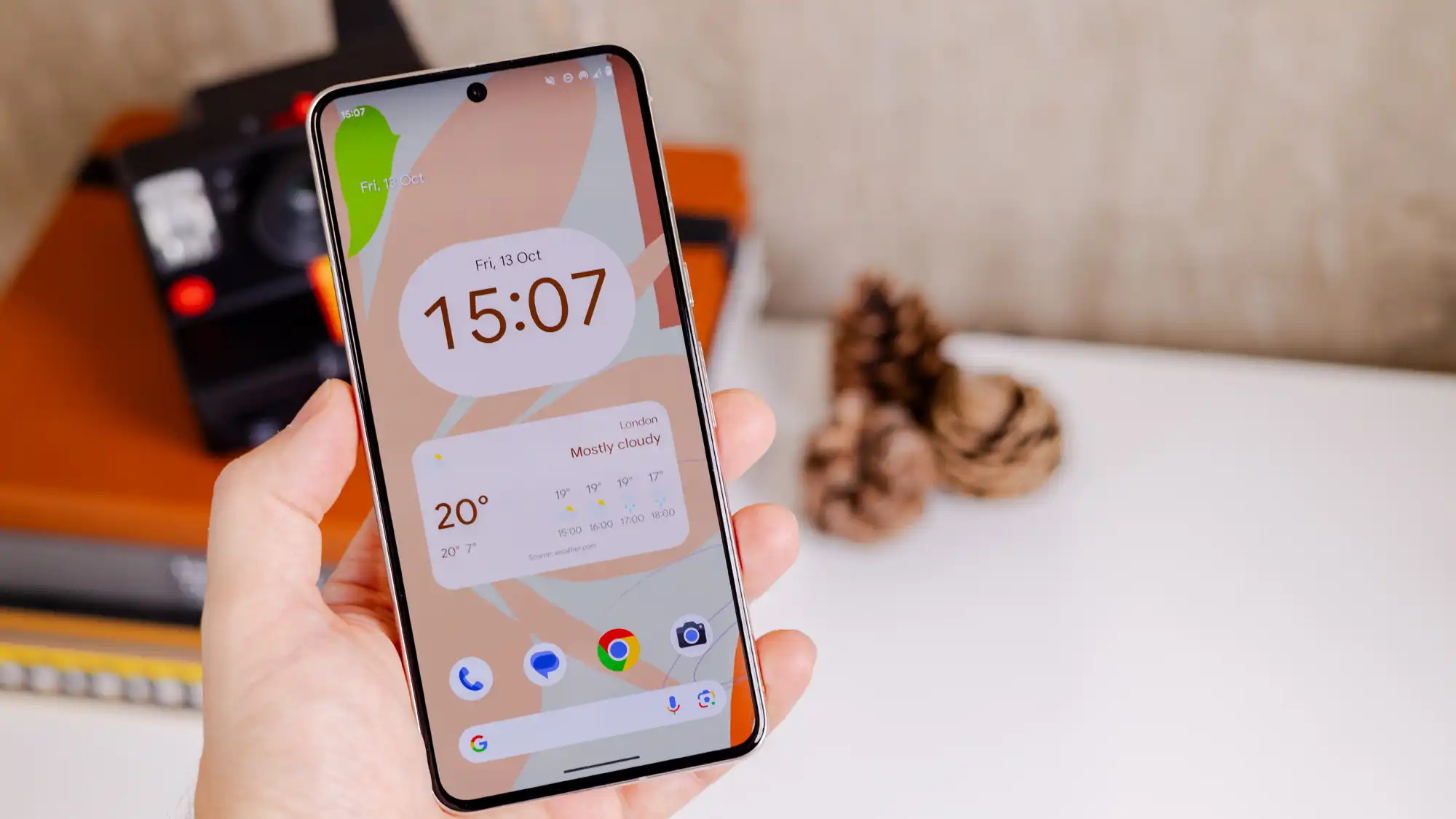
Introduction to Android 15
Android 15, internally codenamed "Vanilla Ice Cream," marks the fifteenth major release of the Android operating system. Unlike previous versions named with dessert codenames, Android 15 will simply be known by its version number. This change reflects Google's shift towards a more straightforward naming convention, starting with Android 10.
Release Timeline
Development Phase
- First Developer Preview: Released in February 2024
- Two Developer Previews: Followed by four beta releases
- Latest Beta: QPR1 Beta 1.1, released on August 29, 2024
Expected Release Date
While Google has not officially announced a specific date for the stable release of Android 15, several sources indicate availability in October 2024. This aligns with the typical release pattern of new Pixel devices, which usually debut in October. The exact timing may vary, but it is expected that the update will roll out to Pixel phones first, followed by other manufacturers at their own pace.
Features of Android 15
Privacy and Security
- Privacy Sandbox: Provides a sandboxed environment for apps, reducing the amount of personal data they can access.
- Health Connect: New API allowing apps to access health-related data securely, enhancing integration of health and fitness apps.
- File Integrity: Ensures files on the device are protected from tampering, adding an extra layer of security.
Performance and Productivity
- Dynamic Performance: Includes enhancements that minimize battery impact and maximize smooth app performance through advanced power management algorithms and optimized system resources.
- Partial Screen Sharing: Allows users to share parts of their screen, making it easier to collaborate or demonstrate specific features without revealing sensitive information.
- In-App Camera Controls: Developers can integrate camera controls directly into their apps, providing users with more intuitive and seamless camera experiences.
User Experience
- Notification Cooldown: Temporarily silences notifications from specific apps, helping users stay focused without constant interruptions.
- Reintroduction of Lock Screen Widgets: After their removal in Android 5.0, lock screen widgets return, providing quick access to essential information right from the lock screen.
- Improved Multi-Tasking/Windowing in Desktop Mode: Enhances multi-tasking capabilities, especially in desktop mode, making it easier to manage multiple windows and applications simultaneously.
Other Features
- App Archiving: Helps in decluttering the home screen and improving overall device performance by reducing the number of running applications.
- Satellite Messaging with T-Mobile: Includes support for satellite messaging, enabling users to send messages even without cellular or Wi-Fi connection, thanks to a partnership with T-Mobile.
- Better Visual Accessibility: Includes several improvements aimed at enhancing visual accessibility, such as better braille support and improved color contrast for visually impaired users.
Supported Devices
Google Pixel Devices
- Google Pixel 6 and Pixel 6 Pro: Among the oldest in line for the Android 15 upgrade, although they will stop receiving full Android updates sometime in October.
- Google Pixel 7 Series: Including the Pixel 7 and Pixel 7 Pro, will also receive the Android 15 update.
- Google Pixel 8 Series: The latest Pixel 8 series, which includes the Pixel 8 and Pixel 8 Pro, will come with Android 15 out of the box.
Other Manufacturer Devices
- Samsung Galaxy S21 and Later Models: Samsung's flagship devices starting from the Galaxy S21 will receive the Android 15 update, as well as mid-range models up to the Galaxy A33 and foldables like the Galaxy Z Fold 3 and Z Flip 3.
- Honor, iQOO, Lenovo, Motorola, Nothing, OnePlus, Oppo, realme, Sharp, Sony, Tecno, vivo, and Xiaomi Devices: A range of devices from these manufacturers will also support Android 15 in the coming months.
Installation Process
For users part of the Android Beta for Pixel program, the installation process is relatively straightforward. Here’s how to get started:
- Enroll Your Device: If you haven't already, enroll your device in the Android Beta for Pixel program. This will allow you to receive over-the-air (OTA) updates for the latest beta versions of Android 15.
- Check for Updates: Once enrolled, go to your device's settings and check for updates. If an update is available, follow the prompts to download and install it.
- Wait for Stable Release: If you're not part of the beta program, wait for the stable release of Android 15 in October 2024. The update will be rolled out to supported devices automatically, although it may take some time depending on your location and network conditions.
Final Thoughts
Android 15 promises significant improvements to the operating system, focusing on privacy, performance, and user experience. With its extensive testing phase and gradual rollout to supported devices, users can expect a smoother and more secure experience with their Android devices. Whether you're a developer looking to use new APIs or a casual user eager to try out the latest features, Android 15 is set to be a major milestone in the evolution of the Android ecosystem.
As we await the official release of Android 15 in October 2024, it's clear that this new version will continue Google's mission of building a private and secure platform that enhances productivity while offering superior media and camera experiences. Stay tuned for more updates as the launch date approaches, and get ready to experience the latest innovations in mobile technology with Android 15.
